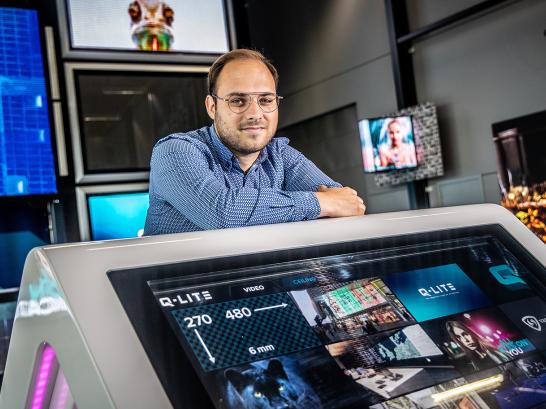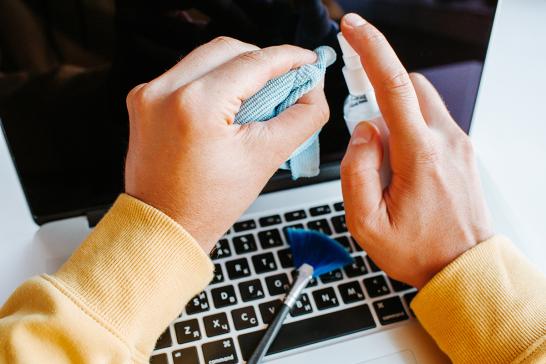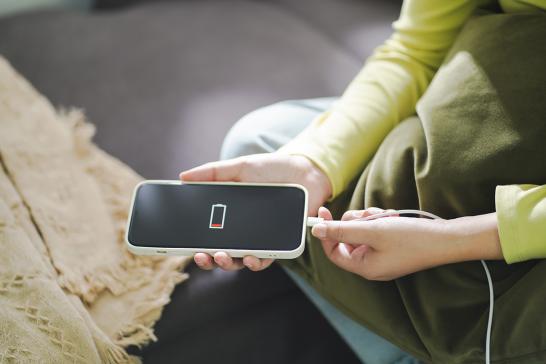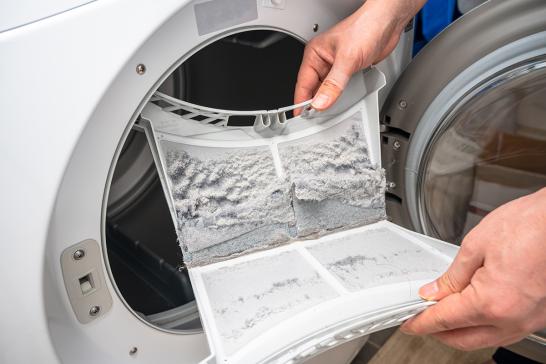

Attention: that is what Q-lite considers its core business. This Baarle-based company specialises in outdoor information displays and screens. Imagine, for example, municipal information boards or the scoreboards at football clubs. At Q-lite, attention also means attention to sustainable business and the responsible use of raw materials.
Display as-a-service
The types of outdoor signs in which Q-lite specialises are exposed to the elements day and night. What’s more, the technology employed in these signs is constantly evolving. The service life of such devices therefore commonly ranges from just five to seven years. But Q-lite claims a service life of ten to fifteen years for its standard system. How do they do it? By fully exploiting the benefits of an as-a-service model.
With a display-as-a-service agreement, the customer pays an annual fee. This includes the installation, maintenance, power consumption and, finally, disposal of the installation. During the term of the contract, which usually runs between seven and fifteen years, Q-lite remains the owner of the installation. Thanks to this formula, Q-lite stands to benefit greatly from focusing on sustainability and efficiency in order to reduce its own costs. On the other hand, customers do not need to make a large investment in order to acquire a quality system, and they do not bear any risks. In this way, Q-lite can broaden its target group to include, for example, small sports clubs that would otherwise be unable to afford a digital scoreboard.
Modular design
Q-lite’s information boards are specifically designed to take full advantage of the benefits of the as-a-service model. Among other things, they are built with a screw-and-click system, which allows parts to be easily dismantled and replaced. This extends the life of the info sign and allows for energy efficiency and image quality to be upgraded over time. In addition, the components themselves can be more easily reused in other installations.
Circular from start to start
The housing of Q-lite’s modular design is watertight. Therefore, no glue or foam is needed on the electronics themselves to protect them from water. As a result, it is easier to separate the various materials for recycling. This makes the waste flows exceptionally pure, and results in better prices at the processing plant. Q-lite also opts for circular materials in the production of its devices, aiming to use recycled material for at least 25 percent of the total weight. Aluminium in particular makes a major contribution here. 80 percent of the aluminium used comes from a Dutch recycling company that generates its own green electricity for the recycling process, which means that the recyclate has a much lower CO2 footprint than standard aluminium.
Major environmental benefit
Q-lite wanted to gain detailed insight into the environmental impact of its own service model. So, they consulted the Flemish research institute VITO. VITO calculated that the extended service life of the screens alone – 10 full years – saves about 40% in terms of CO2 emissions. The material impact is 70 percent less than that of a standard LED screen. When combined with a service model, the environmental benefit for both parameters lies even 10 to 15 percent higher.
And the circular approach seems to be catching on. Due to the coronavirus crisis, many municipalities resorted to digital information boards to inform their residents. “They opted en masse for sustainable digital screens,” says Jeroen Raeijmaekers of Q-lite. “More than 70 percent of the screens we supplied in 2021 were circular.”
More information about that project on q-lite.com.



